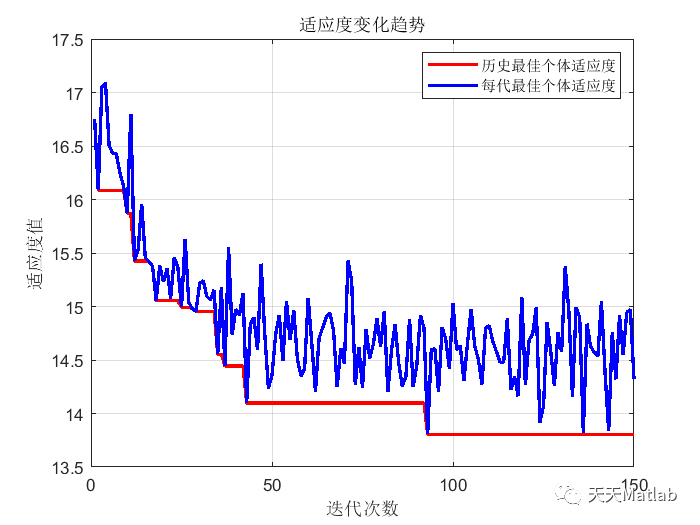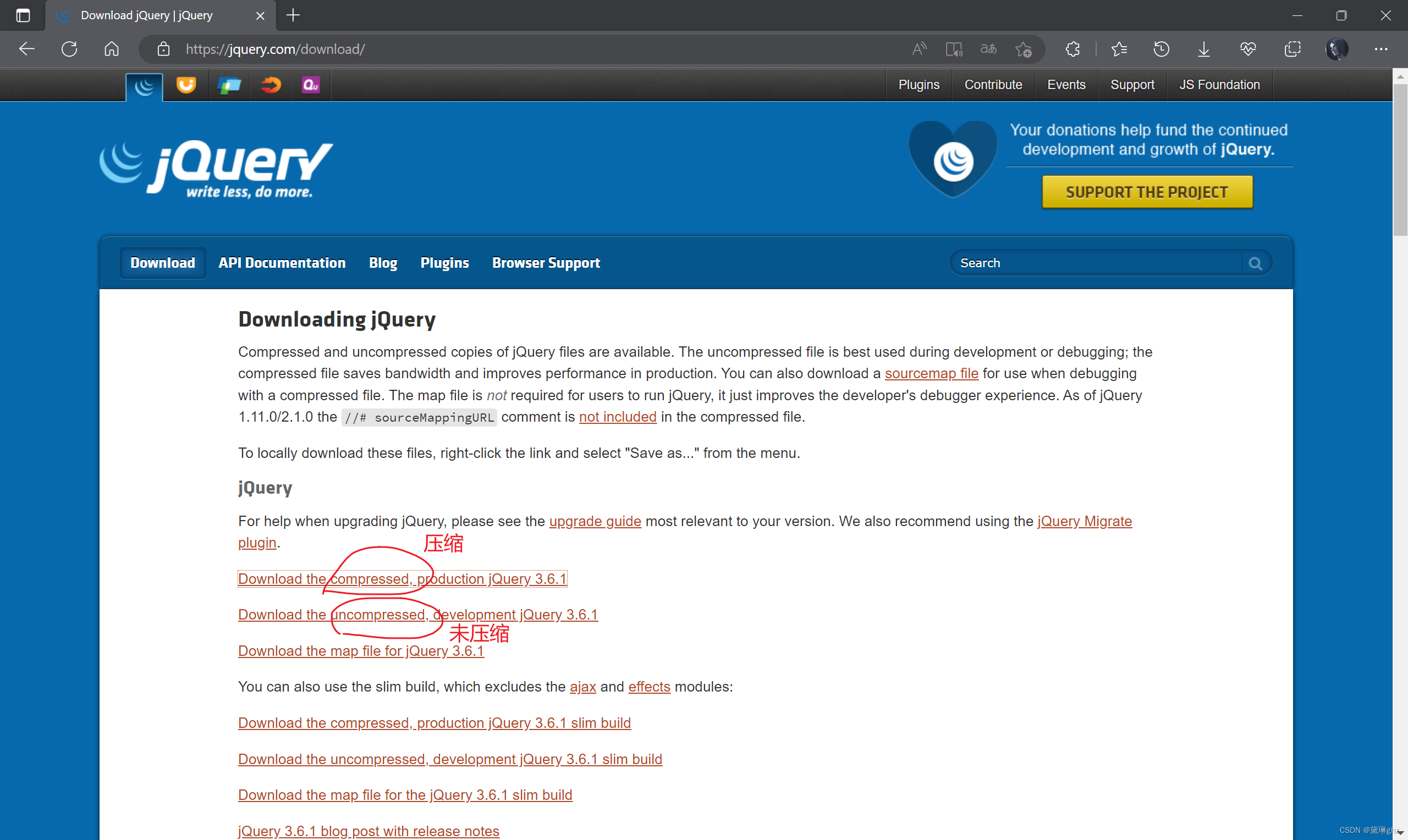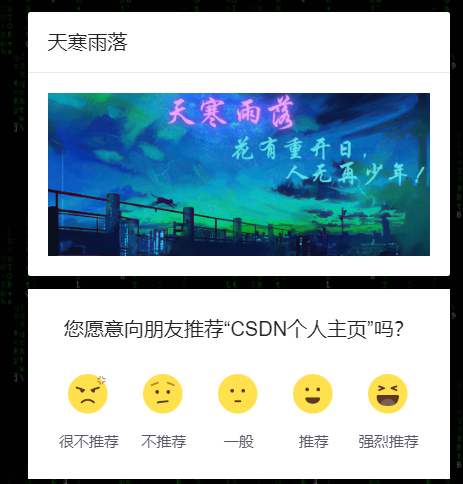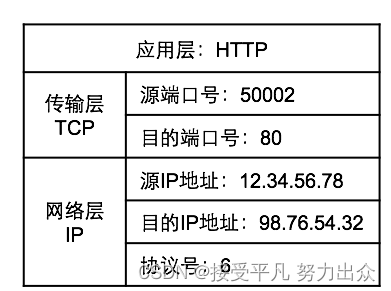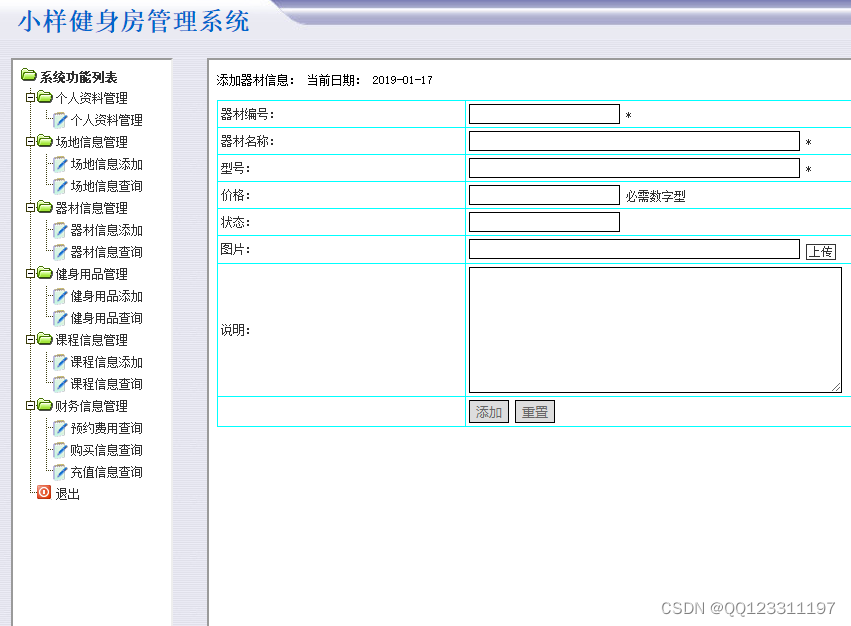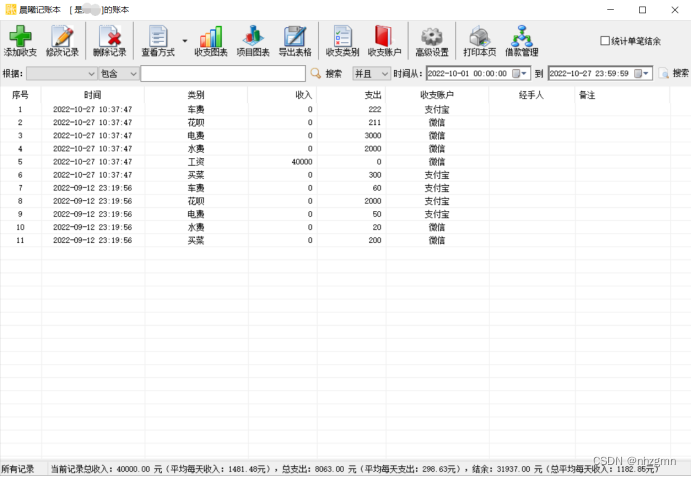【C ++基础】迭代器(iterator)在string里面的简单使用
前言
本文是为了扫清后面学习的难点,而特意写的文章,只是介绍迭代器如何在string中使用。
迭代器的详细解释请看这里:
[点击跳转(这里还没有写哦)]
C++专栏主页: C++学习
正文
文章目录
- 【C ++基础】迭代器(iterator)在string里面的简单使用
- 一、正向迭代器
- 二、正向迭代器(只读数据)
- 三、反向迭代器
- 四、反向迭代器(只读)
- 五、auto来替换这些特别长类型名
- 六、后记
一、正向迭代器
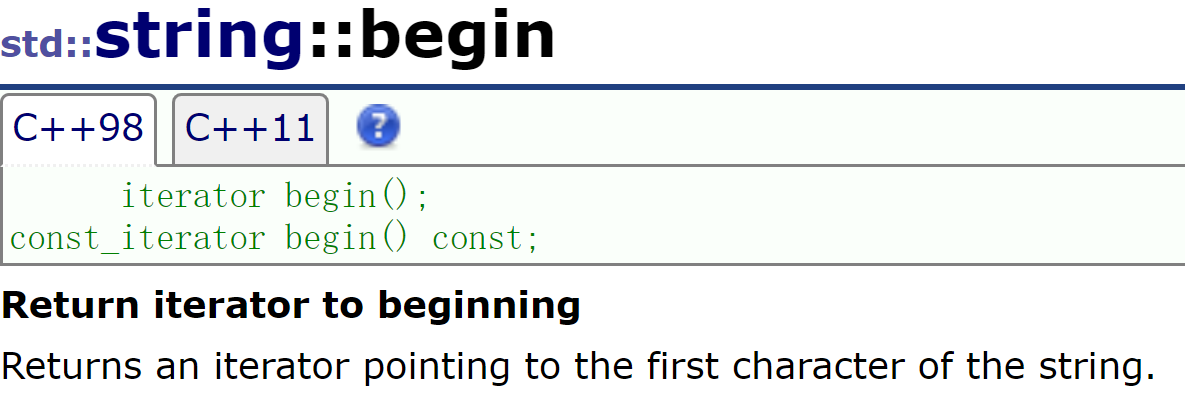
【例子】
//正向迭代器
void test1()
{
string str1 = "abcdef";
cout << "读取字符串:" << endl;
string::iterator it1 = str1.begin();
while (it1 != str1.end())
{
cout << *it1 << " ";
it1++;
}
cout << endl;
cout << "每个字母向后移动一位:" << endl;
string::iterator it2 = str1.begin();
while (it2 != str1.end())
{
*it2 +=1;
cout << *it2 << " ";
it2++;
}
cout << endl;
}
【运行结果】
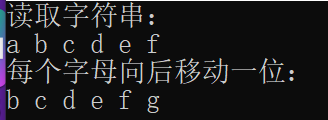
二、正向迭代器(只读数据)
const_iterator begin( ) const;
这种迭代器,只支持读,不支持修改数据。
【例子】
//只读正向迭代器
void test2()
{
const string str1 = "abcdef";
cout << "只能读取字符串:" << endl;
string::const_iterator it1 = str1.begin();
while (it1 != str1.end())
{
cout << *it1 << " ";
it1++;
}
cout << endl;
}
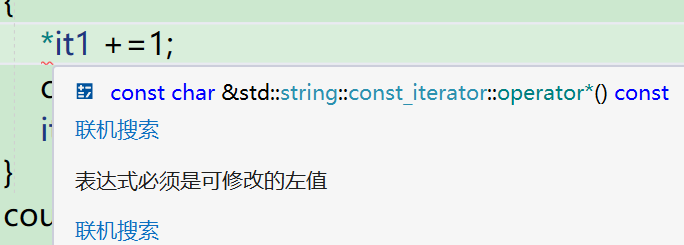
【问题】
为什么不能直接在 string::iterator it 前面加const?
答:这样的话,const修饰的是it,it将无法被修改,并不是*it无法被修改。
it无法被修改的后果是无法遍历。
三、反向迭代器
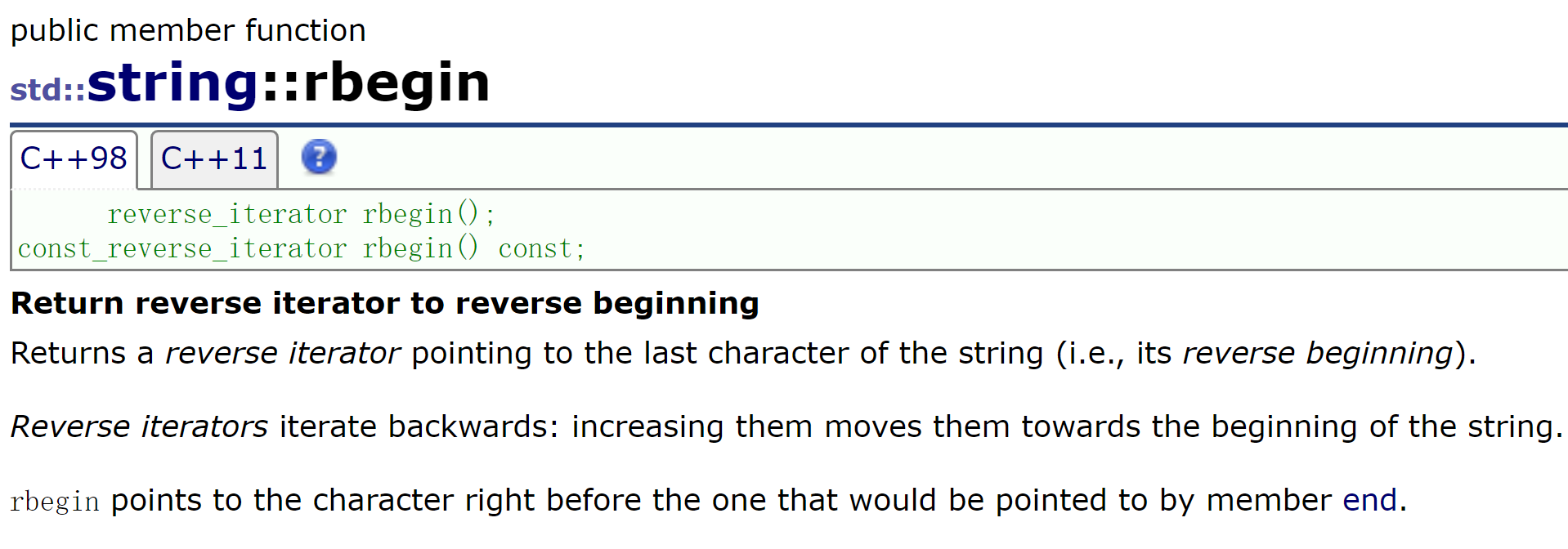
作用:从后往前读。
【例子】
//反向迭代器
void test3()
{
string str1 = "abcdef";
cout << "反向读取字符串:" << endl;
string::reverse_iterator it1 = str1.rbegin();
while (it1 != str1.rend())
{
*it1 += 1;
cout << *it1 << " ";
it1++;
}
cout << endl;
}
【运行结果】
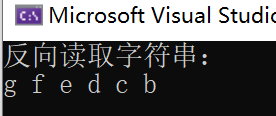
四、反向迭代器(只读)
【例子】
//反向迭代器(只读)
void test4()
{
const string str1 = "abcdef";
cout << "反向只读读取字符串:" << endl;
string::const_reverse_iterator it1 = str1.rbegin();
while (it1 != str1.rend())
{
cout << *it1 << " ";
it1++;
}
cout << endl;
}
五、auto来替换这些特别长类型名
是不是感觉这些类型名特别长?别担心,用auto试试。
//auto
void test5()
{
cout << "auto的演示" << endl;
const string str1 = "abcdef";
cout << "反向只读读取字符串:" << endl;
auto it1 = str1.rbegin();
while (it1 != str1.rend())
{
cout << *it1 << " ";
it1++;
}
cout << endl;
}
六、后记
你是不是觉得这次的文章特别水?那么说明你已经是大神的水平啦。
这篇文章的主要作用还是迭代器的简单使用说明指南,再介绍string类的时候将不再详细讲解。

